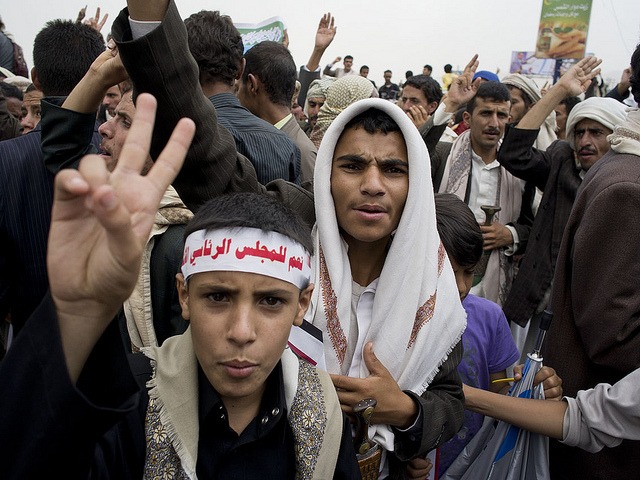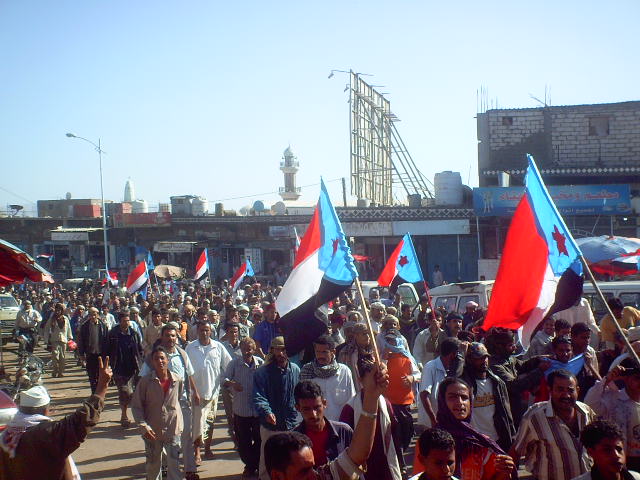
Language is more than a means of communication; it is a vessel of cultural heritage and personal identity. In Yemen, this is particularly evident in the role tribal languages play in shaping social structures and individual identities. Yemen’s linguistic landscape is a rich tapestry woven with various tribal languages, each contributing to the country’s unique cultural fabric. This blog post explores how tribal languages impact Yemeni society, influencing social cohesion, cultural continuity, and personal identity.
The Linguistic Diversity of Yemen
Yemen is home to a variety of languages and dialects, reflecting its historical role as a crossroads of cultures and civilizations. While Modern Standard Arabic is the official language, the country’s tribal languages—such as Mehri, Soqotri, and other South Arabian languages—are integral to the cultural and social identity of different regions and communities.
Mehri is spoken primarily in the eastern part of Yemen and is one of the major South Arabian languages. Soqotri is spoken on the island of Socotra, a unique archipelago with its own distinct linguistic characteristics. These languages are part of the broader South Arabian language family and have been spoken in the region for centuries, preserving ancient traditions and histories that predate the spread of Islam.
Tribal Languages and Social Structure
In Yemen, tribal affiliations are a cornerstone of social organization. Tribal languages serve as markers of identity and are deeply embedded in social interactions and community life. They reinforce the bonds within tribal groups and delineate social boundaries.
Tribal languages are not just spoken; they are lived experiences. For many Yemenis, their tribal language connects them to their ancestors, their land, and their traditions. These languages carry with them a sense of belonging and pride. They are often used in ceremonies, storytelling, and oral histories, providing a living link to the past.
Language as a Marker of Identity
For Yemenis, language is a crucial component of identity. It is a medium through which individuals express their cultural heritage and personal affiliations. Tribal languages offer a sense of belonging to a specific group, and mastering these languages is often seen as a rite of passage or a key to social inclusion.
In Yemen’s tribal society, speaking a tribal language can signify a deep connection to one’s lineage and heritage. It can also influence social status and relationships. For instance, individuals who are fluent in their tribal language are often more respected within their community and are seen as custodians of cultural knowledge.
Cultural Continuity and Preservation
The preservation of tribal languages in Yemen is closely tied to cultural continuity. These languages carry traditional knowledge, folklore, rituals, and values that are passed down through generations. The oral transmission of stories, proverbs, and customs in tribal languages helps to maintain cultural practices and ensures that they are not lost to time.
However, this cultural continuity is threatened by modern influences and the dominance of Standard Arabic. As urbanization and globalization encroach upon traditional lifestyles, younger generations may gravitate towards Standard Arabic or other global languages for practical reasons, potentially leading to the erosion of tribal languages.
Challenges and Efforts in Language Preservation
The challenge of preserving tribal languages in Yemen is multifaceted. Political instability, economic hardship, and societal changes all impact the vitality of these languages. In some cases, tribal languages are at risk of becoming endangered as younger generations shift towards more widely spoken languages.
Efforts to preserve these languages are ongoing, though they face significant hurdles. Language preservation initiatives often involve documentation projects, community programs, and educational efforts aimed at raising awareness about the importance of tribal languages. Local organizations and language activists work tirelessly to record oral histories, develop educational materials, and promote the use of tribal languages in various domains.

The Future of Tribal Languages in Yemen
Looking ahead, the future of tribal languages in Yemen depends on a combination of grassroots efforts and broader societal support. Emphasizing the importance of these languages in education, media, and cultural programs can help ensure their survival. Encouraging young people to take pride in their linguistic heritage and providing platforms for the use of tribal languages in everyday life are crucial steps in this process.
Furthermore, fostering a sense of national pride in Yemen’s linguistic diversity can contribute to the preservation of tribal languages. Recognizing and celebrating the unique contributions of each language to Yemen’s cultural heritage can strengthen the collective identity and support efforts to maintain linguistic diversity.
Conclusion
In Yemen, tribal languages are more than just modes of communication—they are vital expressions of cultural identity and heritage. They shape social structures, reinforce community bonds, and preserve a rich tapestry of traditions and values. As Yemen navigates the complexities of modernity, the challenge will be to balance the benefits of global integration with the need to safeguard the languages that define its diverse cultural landscape. What language does Yemen speak? Check out their page to learn more.
Preserving tribal languages is not merely about maintaining linguistic diversity; it is about honoring the past, enriching the present, and securing the future. By valuing and supporting these languages, Yemen can ensure that its rich cultural heritage continues to thrive, providing a lasting legacy for future generations.

